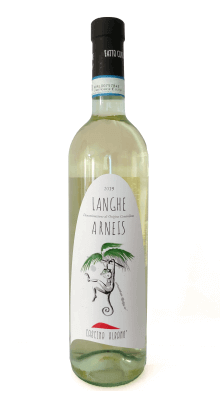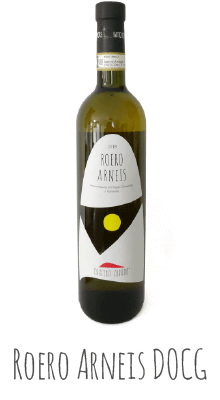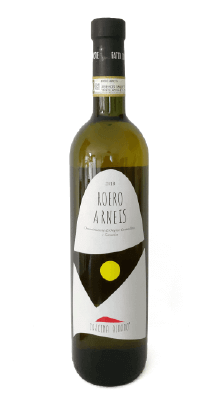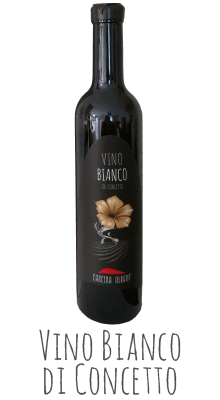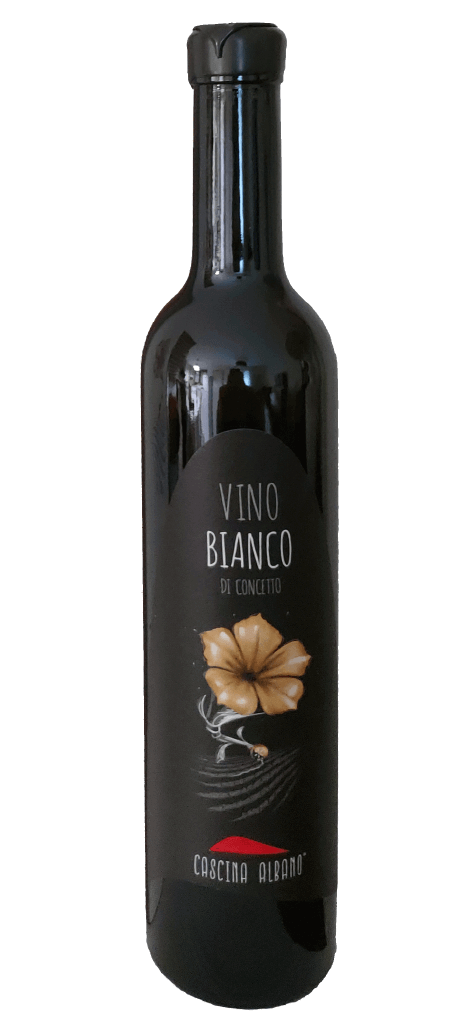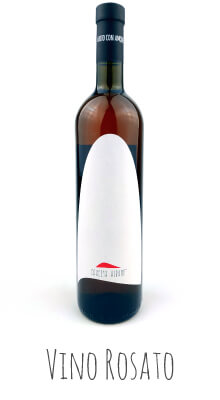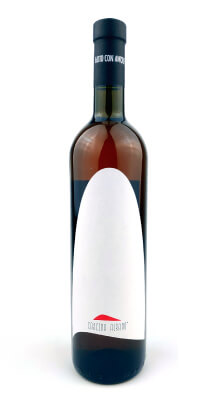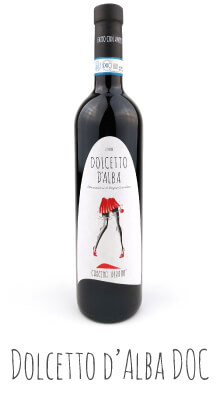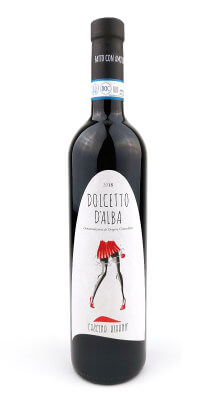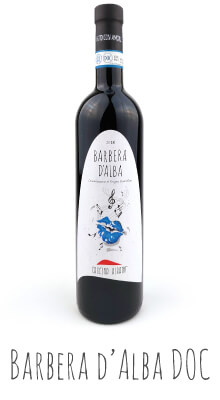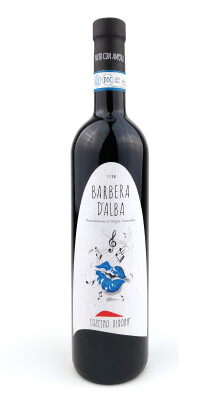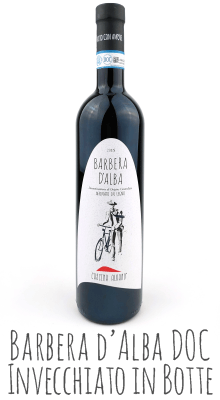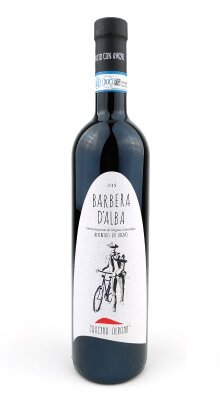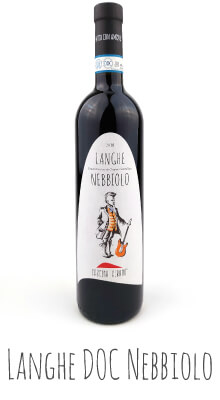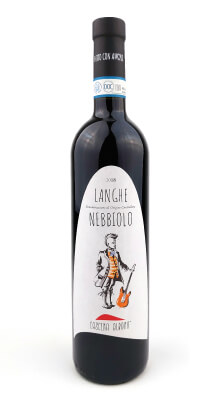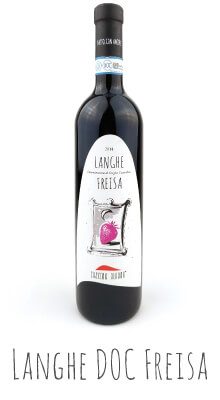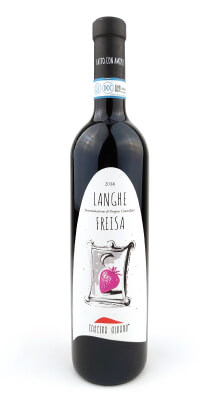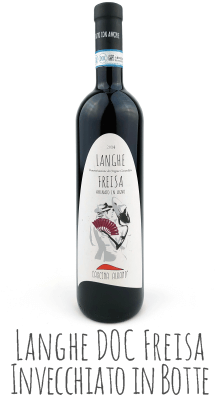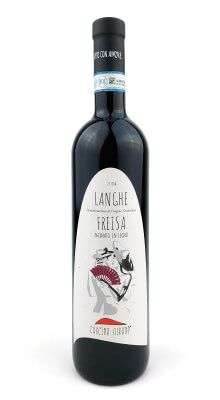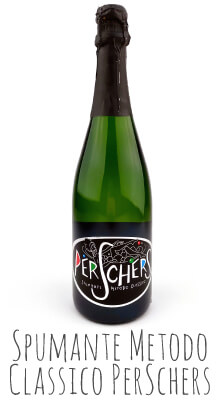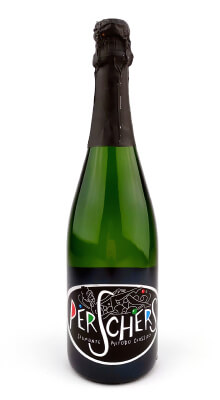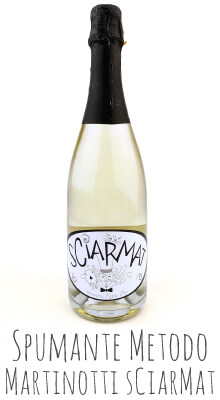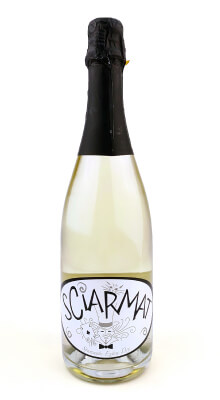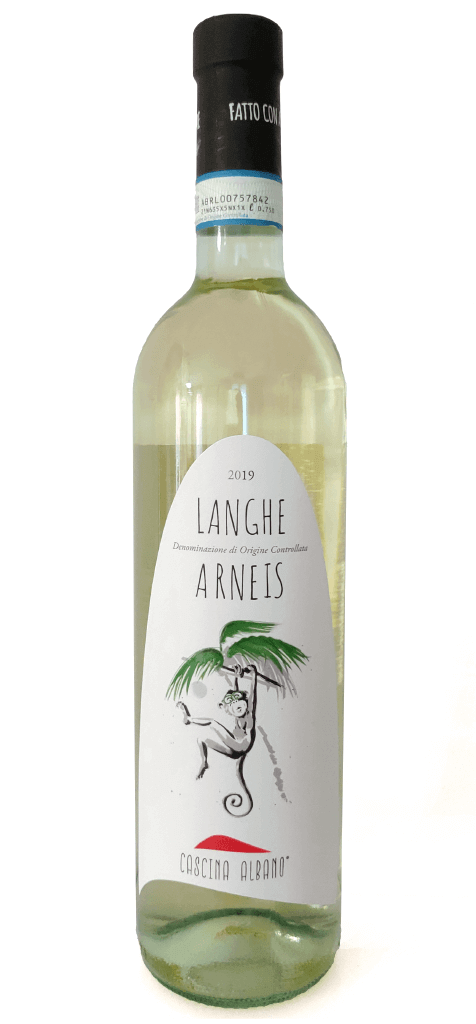Wines
Langhe DOC Arneis
History and facts
Arneis is a local Piedmontese white vine cultivated in the Cuneo province. The name “Arneis” was used for the first time in 1877 by Earl Giuseppe di Rovasenda. The origin of this term seems to come from the idea of putting the characteristics of this vine together with the dialectal word used to describe a mischievous and reckless person.
The Label

The dark green represents the freshness of Arneis and its structure, which is one of a white wine grown in a soil suitable for red wines. The palm tree expresses carefreeness, relaxation and exoticness, all of which are peculiarities of this wine. The monkey recalls the origin of the name “Arneis” and the comeback of the local vines of our land. Our Langhe Arneis throughout the poem and the exotic location conveys joy and a desire of adventure.
Production zone
The grapes come from a Guyot-trained vineyard located in Langhe territory, in Barbaresco. The soils are alluvial and rich of clayey marl and calcareous sands which represent the best combination to enhance the features of this variety.
Vinification
The selected and picked grapes are directly put to a soft pressing. The free-running must is separated from the skins and, after a static settling, it is vinified in temperature and pressure controlled stainless-steel vats. The malolactic fermentation is avoided, thanks to the preservation of the wine at low temperatures. The thin dregs are refined for a few months in order to prevent the oxidation and enhance the aromatic qualities. After the cold stabilization, the wine is bottled in Spring time with waning moon.
Tasting notes
The color is a typical straw yellow with greenish hues. The nose is fresh with some notes of exotic fruits, citrus, and dill. On the palate it is pleasantly well-rounded, dry, with pleasant hints of lemon and mango. The smooth acidity makes it fresh and slightly sour in the finish.
Serving suggestions
Serve between 10-12°C in medium size glasses. It pairs well with fish starters, raw seafood, vegetables soups, refined risotto and light sauces. It is ideal also to accompany white meat and freshly-made cheese dishes.





